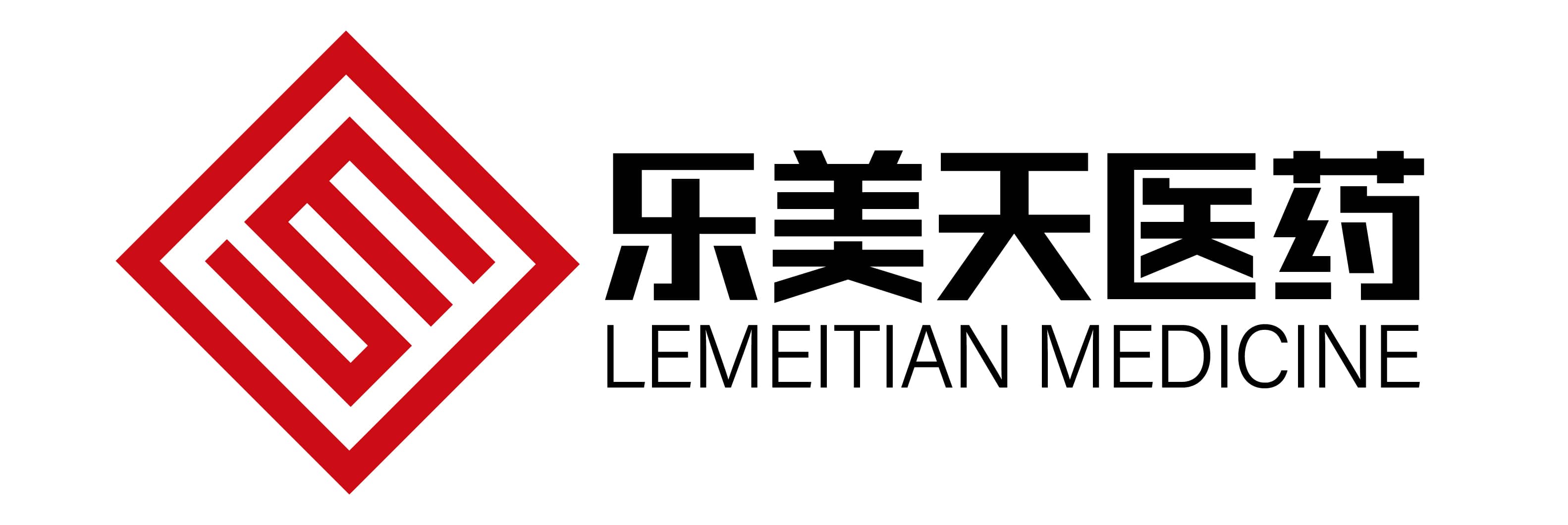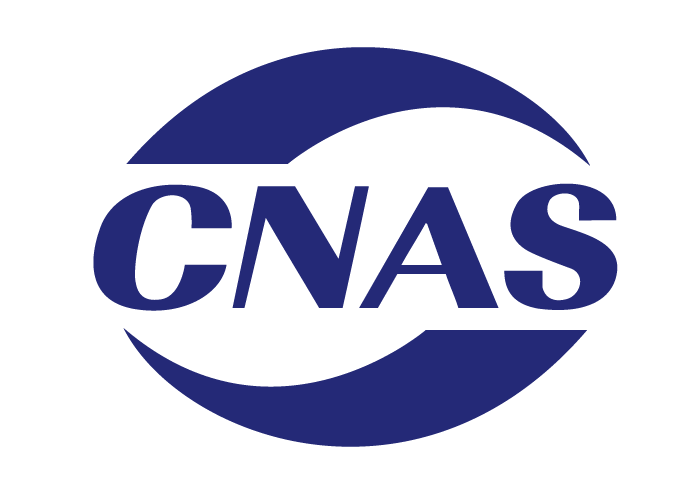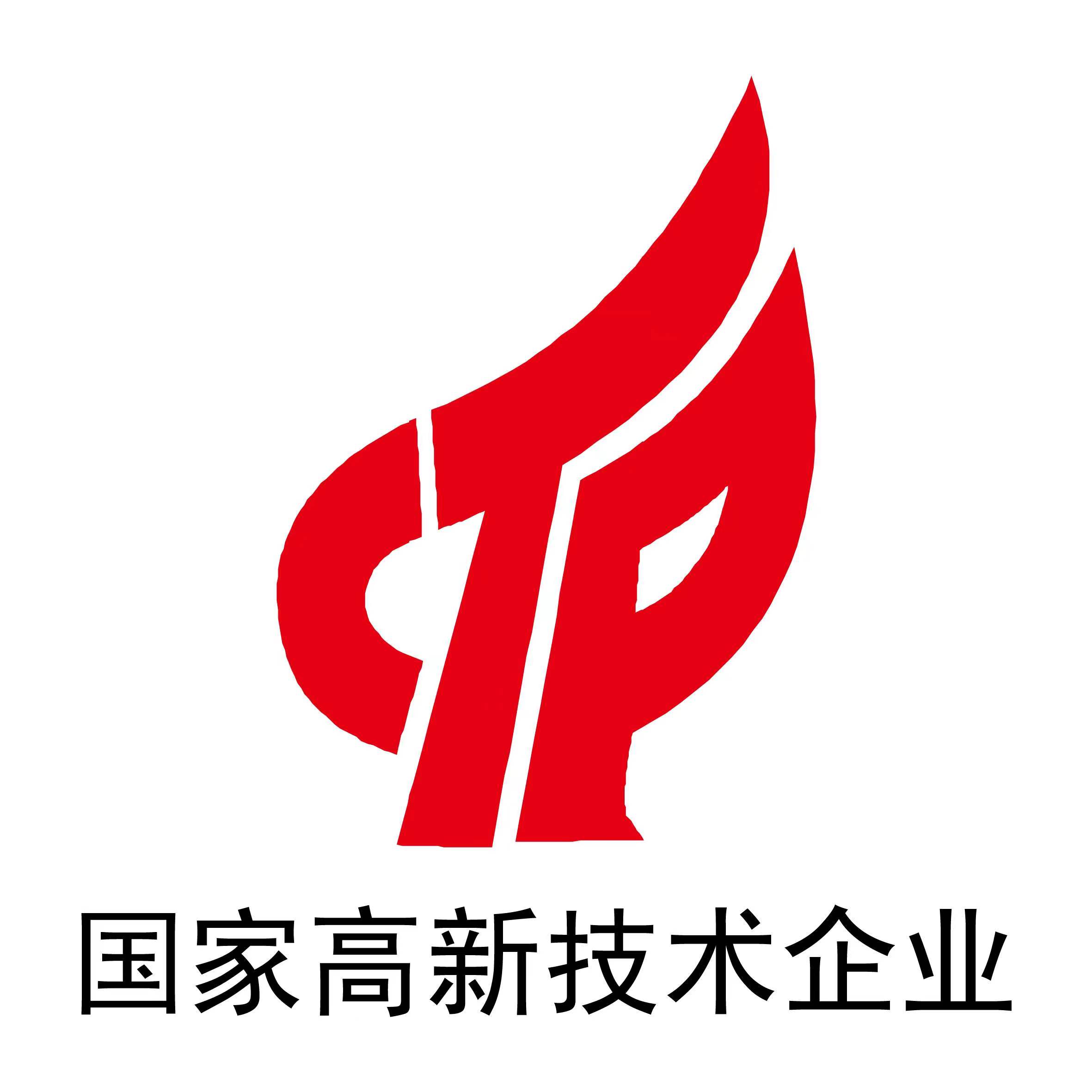



Tibetan medicine is an important part of traditional Chinese medicine and a significant representative of ethnic medicine in China. Tibetan medicine is gradually recognized by the world for its unique curative effects. Wuwei Shexiang pills (WPW) has been widely used to treat “Zhenbu” disease (Also known as rheumatoid arthritis) in Tibetan medicine, however, its potential bioactive ingredients and mechanism for RA treatment remain unclear. In this study, we used a combination of gas chromatography-mass spectrometry (GC-MS), ultra-performance liquid chromatography coupled with quadrupole time-of-fight mass spectrometry (UPLC-Q-TOF/MS), network analysis and experimental validation to elucidate the potential pharmacodynamic substances and mechanisms of WPW in the treatment of rheumatoid arthritis (RA). The results showed that songoramine, cheilanthifoline, saussureanine C, acoric acid, arjunolic acid, peraksine, ellagic acid, arjungenin and other 11 components may be the main activities of WPW in the treatment of RA. PIK3CA, AKT, MAPK, IL-6, TNF, MMP1, MMP3, and CDK1 are considered as core targets. PI3K-AKT, MAPK, apoptosis, cell cycle, and other signaling pathways may be the key pathways for WPW to play a role in the treatment of RA. Furthermore, we validated the underlying molecular mechanism of WPW predicted by network analysis and demonstrated its possible mechanism through in vivo animal experiments. It was found that WPW could significantly improve the degree of paw swelling, and reduce ankle joint diameter and arthritis index. Further histomorphological analysis showed that WPW could reduce the degree of synovial tissue inflammation and ankle joint cartilage damage. Meanwhile, WPW could down-regulate the levels of IL-6, IL-1β, and IL-17, and increase the levels of IL-10 and IL-4 in the serum of AA rats. TUNEL staining confirmed that WPW could significantly promote the apoptosis of synovial cells. Moreover, the immunohistochemical results showed that WPW decreased the expression of PI3K, AKT, MAPK, MMP1, MMP3, CDK1, and Bcl-2, as well as increased the expression of Bax protein. In conclusion, we successfully combined GC-MS, UPLC-Q-TOF/MS, network analysis, and experimental validation strategies to elucidate the inhibition of inflammation by WPW in AA model rats via PI3K/AKT, MAPK, cell cycle and apoptotic pathways process. This not only provides new evidence for the study of potential pharmacodynamic substances and the mechanism of WPW in the treatment of RA, but also provides ideas for the study of other Tibetan medicine compound preparations.
……
2 Materials and methods
2.1 Materials and chemicals
Chemical reference standards of cholic acid (DSTDD004201), chebulagic acid (DST200927-064), chebulic acid (DST200610-244), corilagin (DST210311-012), ethyl gallate (DSTDM006301), benzoic acid (DSTDB012001), linoleic acid (DST200611-211), betulin (DSTDB002701), aconitine (HR1001S4), benzoylmesaconine (DSTDB005601), benzoylaconitine (DSTDB005501), benzoylhypaconine (DSTDB005701), hypaconitine (DSTDC005801), mesaconitine (DSTDX002502), methyl caffeate (DST210427-054) and costunolide (DSTDM003001) were acquired from Chengdu Desite Biotechnology Co.,. (Chengdu, China), and the purity of all standards were above 98%.
……
原文链接:https://www.frontiersin.org/articles/10.3389/fphar.2022.941013/full
Royal society of chemistry-12 Mar 2020
The development and
World Journal of Microbiology and Biotechnology-20 June 2018
期刊名:World Journal of
Nat Biotech| 北京大学谢正伟课题组与合作者创建基于基因指纹和深度学习的药效预测系统(DLEPS)
原文链接:htt
Journal of separation science-26 November 2019
Biosurfactant trehal
Journal of separation science-07 January 2020
Comparison of the ac
细辛水提物HPLC指纹图谱及化学模式识别的研究
摘要:[目的] 通过建立中药细辛水提物高